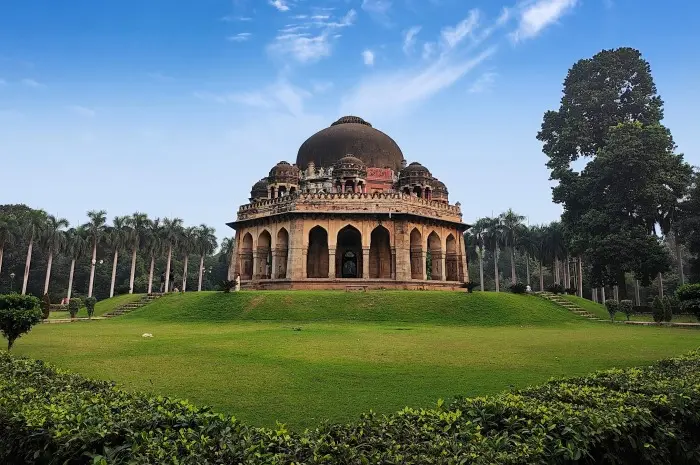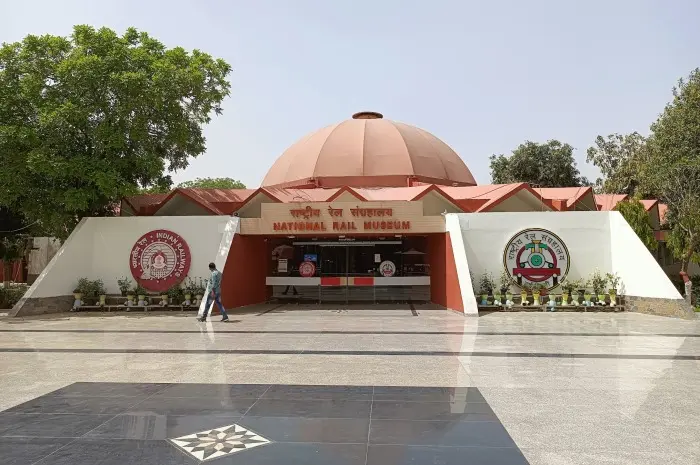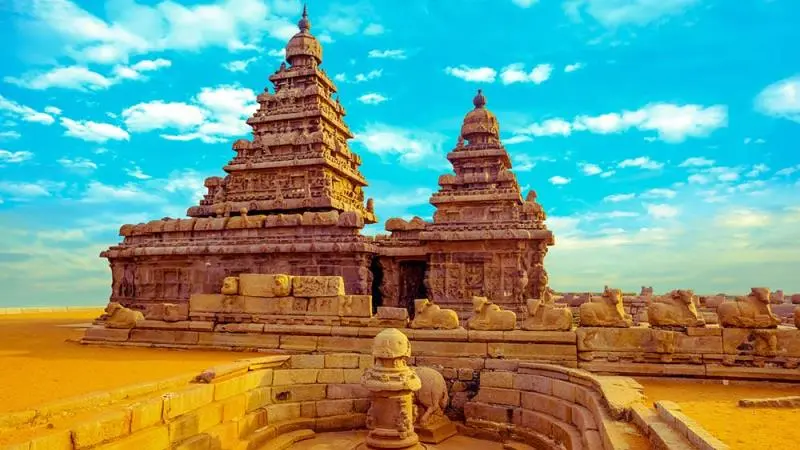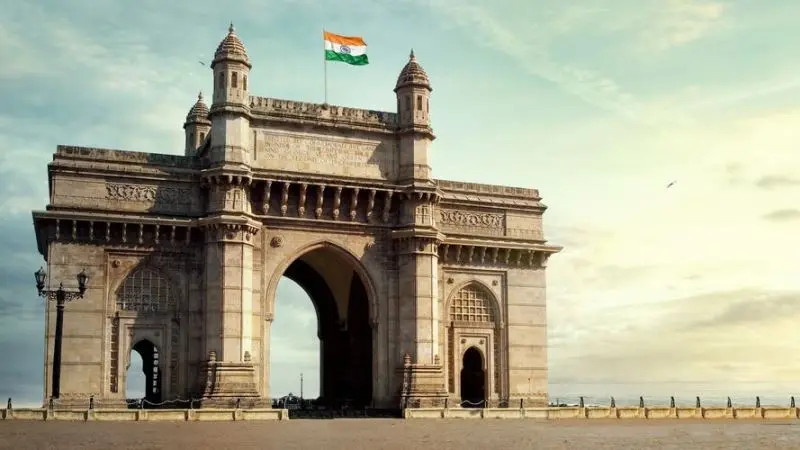Locations: Lodhi Rd, Lodhi Gardens, Lodhi Estate, New Delhi, Delhi 110003, India
Lodhi Garden, located in the heart of New Delhi, is a sprawling 90-acre green space that serves as a serene retreat from the bustling city.
This historical garden, dating back to the 15th and 16th centuries, is home to a collection of stunning tombs and monuments from the Lodhi and Sayyid dynasties.
Nestled amidst lush greenery, Lodhi Garden offers a perfect blend of nature, history, and tranquility, making it a popular destination for both locals and tourists.
Its well-manicured lawns, ancient structures, and peaceful ambiance provide a unique escape for those looking to unwind or explore Delhi’s rich heritage.
Visitors to Lodhi Garden can enjoy leisurely walks along shaded pathways, engage in morning yoga sessions, or simply relax on the grassy knolls while taking in the picturesque surroundings.
The garden’s historical significance and natural beauty make it a favorite spot for photographers, history enthusiasts, and families alike.
Whether you’re an early bird catching the sunrise or someone seeking a quiet afternoon retreat, Lodhi Garden offers a refreshing break from the urban landscape.
Historical Significance
Lodhi Garden is a treasure trove of historical monuments, with structures that date back to the period of the Lodhi and Sayyid dynasties.
The garden houses several prominent tombs, including those of Mohammed Shah, Sikandar Lodi, Shisha Gumbad, and Bara Gumbad.
These tombs are exemplary representations of the architectural styles of their respective eras, featuring intricate stone carvings, domed roofs, and elaborate facades.
The Bara Gumbad, in particular, is a magnificent structure comprising a large rubble-constructed dome, a three-domed mosque, and a water tank.
The garden’s historical elements are well-preserved, offering visitors a glimpse into Delhi’s storied past.
The Tomb of Sikandar Lodi, built in 1517, is an octagonal mausoleum surrounded by a beautiful garden, reflecting the typical Mughal garden-tomb layout.
Mohammed Shah’s Tomb, with its striking architecture and elegant design, is another significant monument that draws visitors.
These historical landmarks within Lodhi Garden not only provide insights into the architectural and cultural heritage of the region but also serve as peaceful spots for reflection and admiration.
Architectural Beauty
The architectural beauty of Lodhi Garden is evident in its meticulously designed tombs and structures.
The garden is a showcase of Indo-Islamic architecture, characterized by its grand domes, intricate jaali (lattice) work, and detailed ornamentation.
The Bara Gumbad and Shisha Gumbad are particularly notable for their ornate facades and exquisite tile work.
The Shisha Gumbad, known for its reflective tiles, adds a touch of elegance to the garden, while the Bara Gumbad Mosque stands as a testament to the artistic prowess of the era.
The garden’s layout itself is a work of art, with well-planned pathways, water features, and landscaped lawns.
The integration of historical monuments with natural elements creates a harmonious environment that is both aesthetically pleasing and historically significant.
The combination of architectural marvels and natural beauty makes Lodhi Garden a unique and captivating destination.
Nature and Recreation
Lodhi Garden is not only a historical site but also a haven for nature lovers and fitness enthusiasts.
The garden’s expansive lawns, diverse flora, and tranquil lakes create a perfect environment for outdoor activities.
Early mornings see joggers and walkers taking advantage of the peaceful surroundings, while yoga practitioners find solace in the serene ambiance.
The garden’s birdlife, including several species of migratory birds, adds to the charm, making it a delightful spot for bird watching.
For families and children, Lodhi Garden offers ample space for picnics and recreational activities.
The lush greenery and shaded areas provide a comfortable setting for spending quality time outdoors.
Seasonal flowers and blooming trees add splashes of color, enhancing the garden’s natural beauty and creating picturesque scenes that are ideal for photography.
Cultural Events and Activities

Lodhi Garden frequently hosts cultural events and activities, adding to its appeal as a vibrant community space.
From heritage walks and guided tours to art exhibitions and yoga sessions, the garden offers a variety of programs that cater to diverse interests.
These events provide an opportunity to learn more about the history and significance of the garden while engaging with the local community.
The garden is also a popular venue for photography, with its stunning backdrops and historical structures providing the perfect setting for professional and amateur photographers alike.
Whether capturing the intricate details of the tombs or the natural beauty of the surroundings, photographers find endless inspiration at Lodhi Garden.
How to Reach Lodhi Garden
Lodhi Garden is conveniently located in the heart of New Delhi, making it easily accessible by various modes of transportation.
The nearest metro station is Jor Bagh, which is a short walk from the garden.
Alternatively, visitors can take a taxi, auto-rickshaw, or bus to reach the garden.
For those driving, there is ample parking available near the entrances.
Best Time to Visit
The best time to visit Lodhi Garden is during the cooler months from October to March when the weather is pleasant and conducive to outdoor activities.
The early mornings and late afternoons are particularly enjoyable, offering a tranquil atmosphere and beautiful lighting for photography.
The garden is open to the public from early morning until evening, allowing visitors to explore at their own pace.
Lodhi Garden, with its blend of historical monuments, natural beauty, and recreational opportunities, is a must-visit destination in New Delhi.
Whether you’re a history enthusiast, a nature lover, or simply seeking a peaceful escape, the garden offers a unique and enriching experience.
Make sure to include Lodhi Garden in your travel itinerary to discover one of Delhi’s most cherished green spaces.







